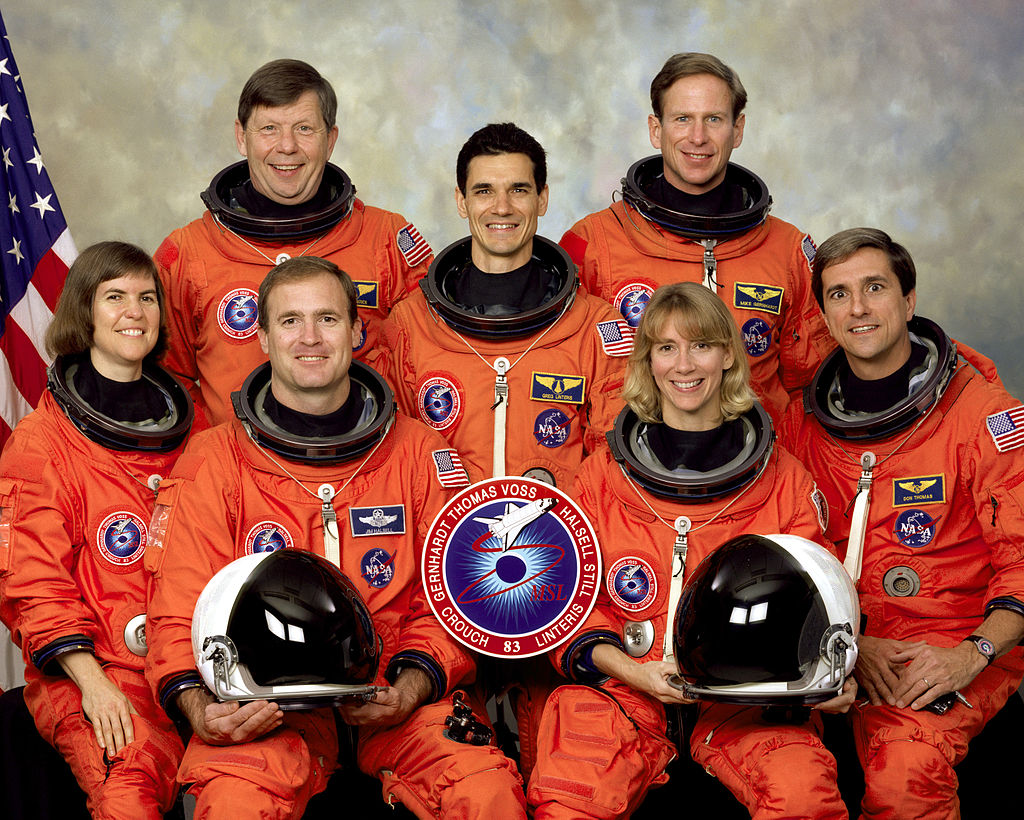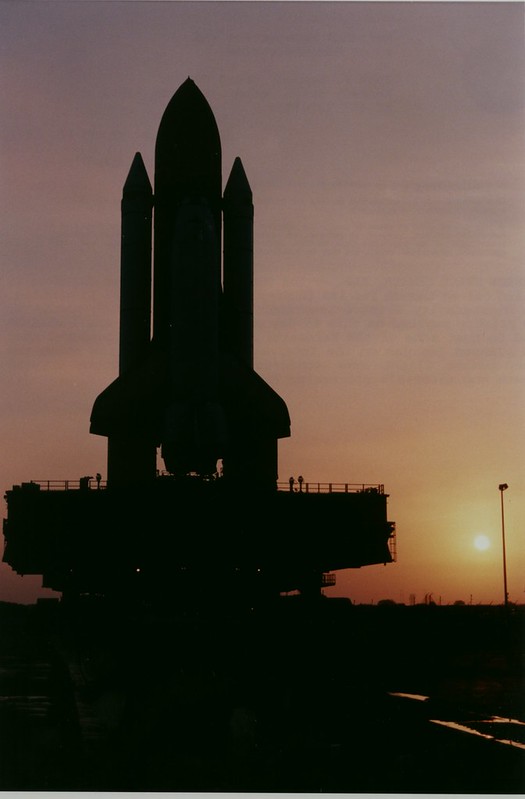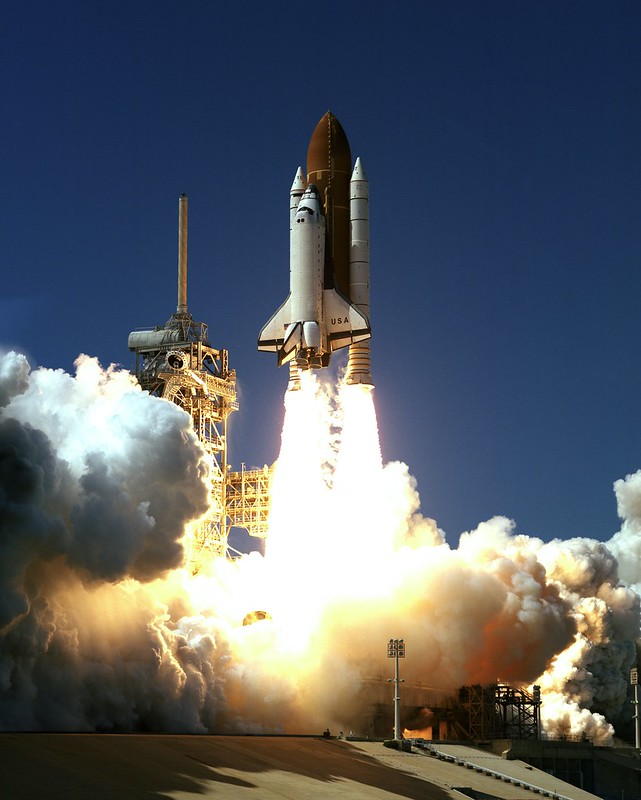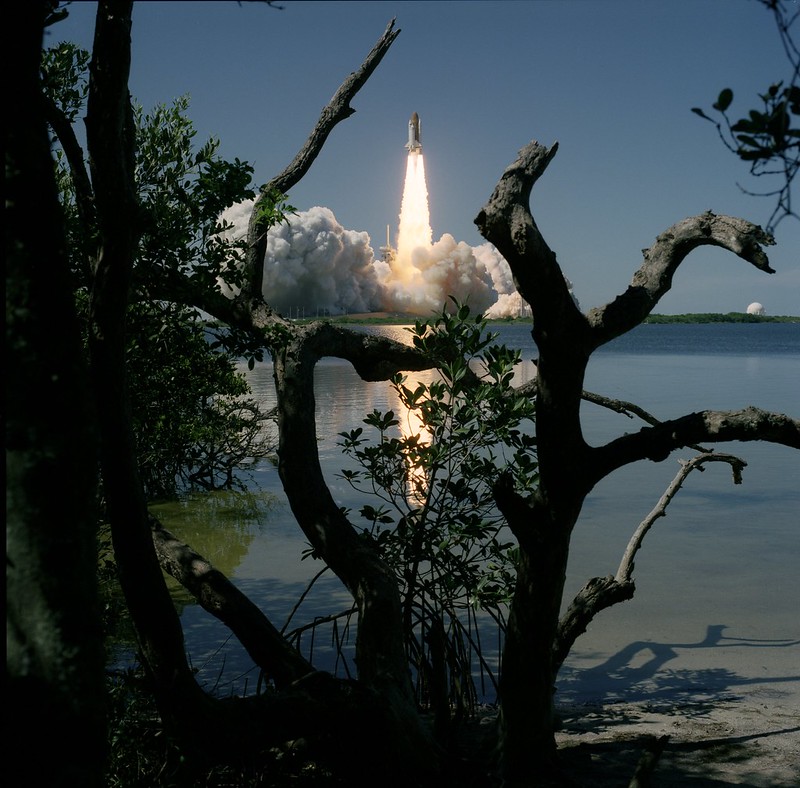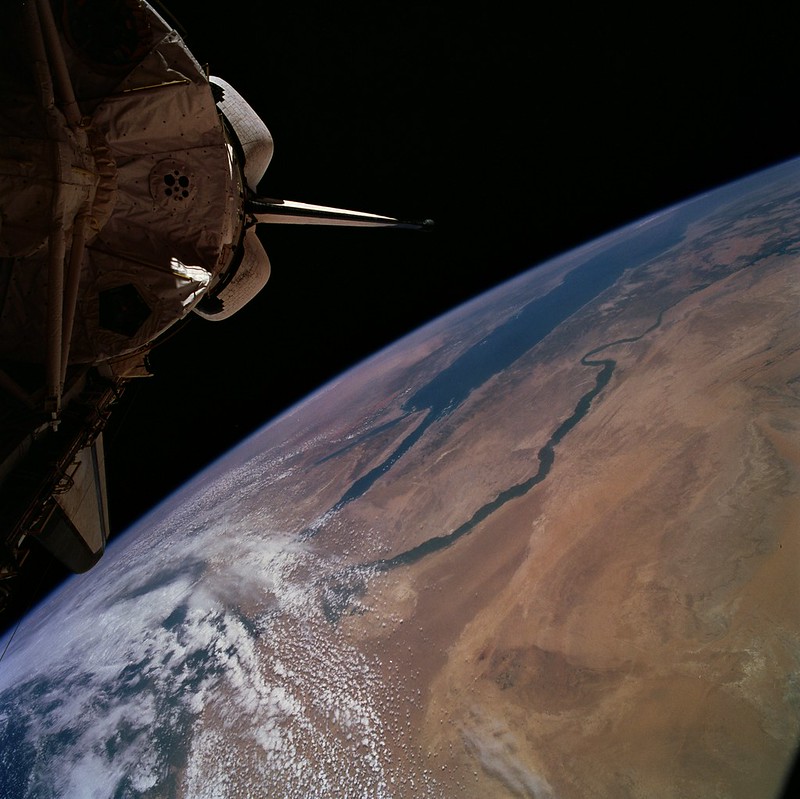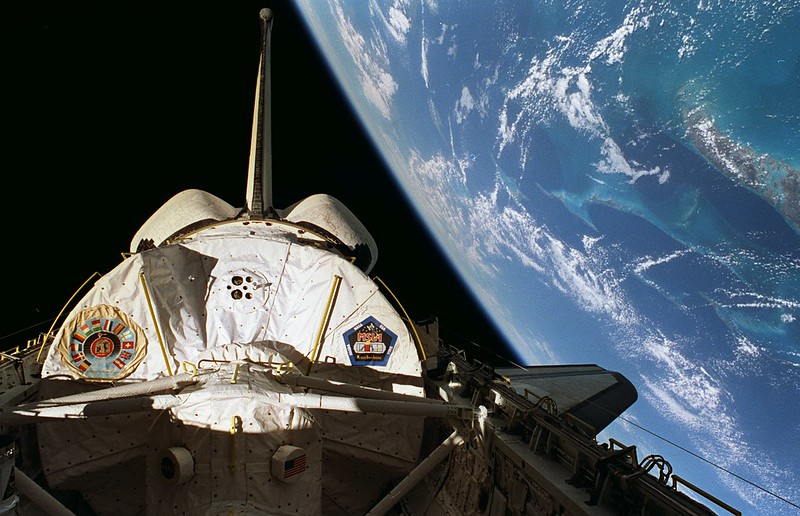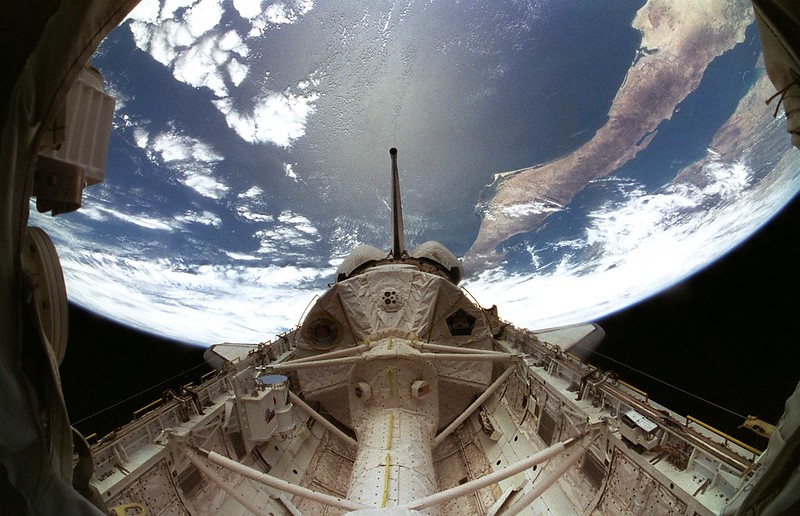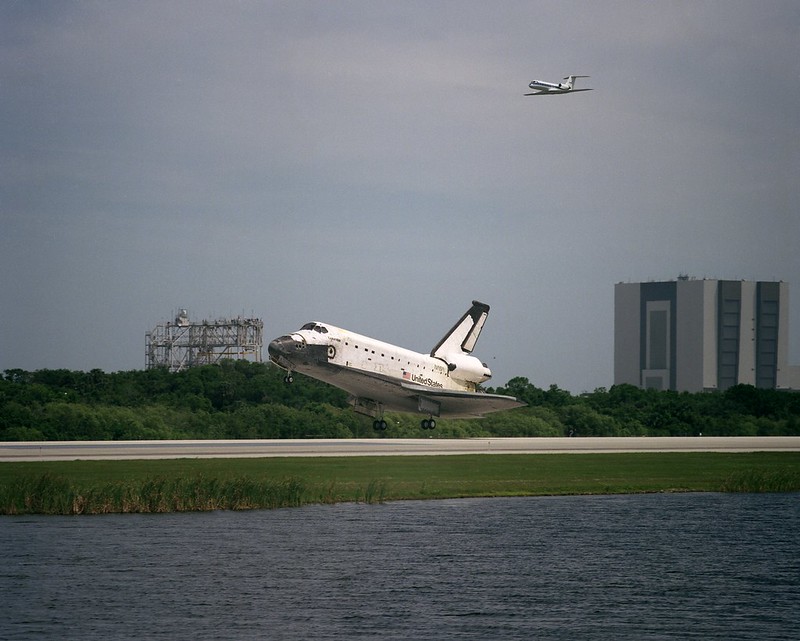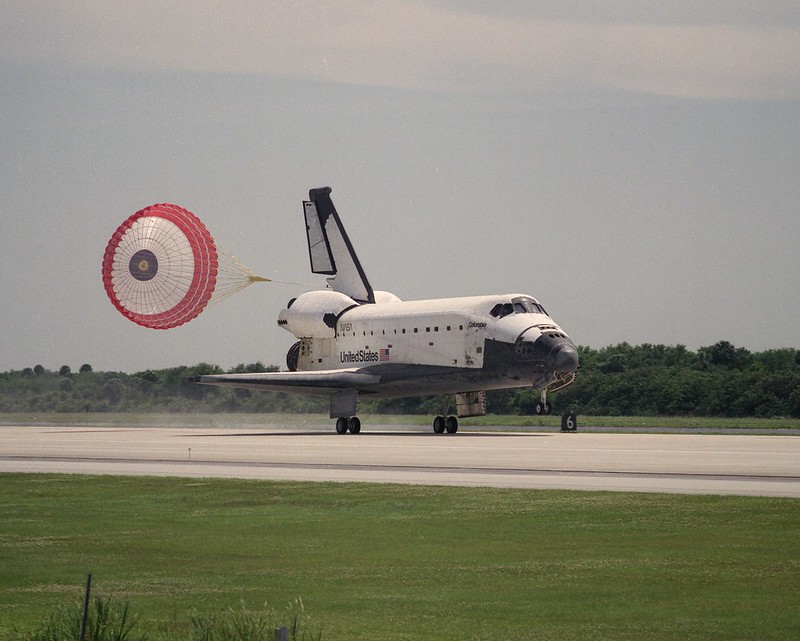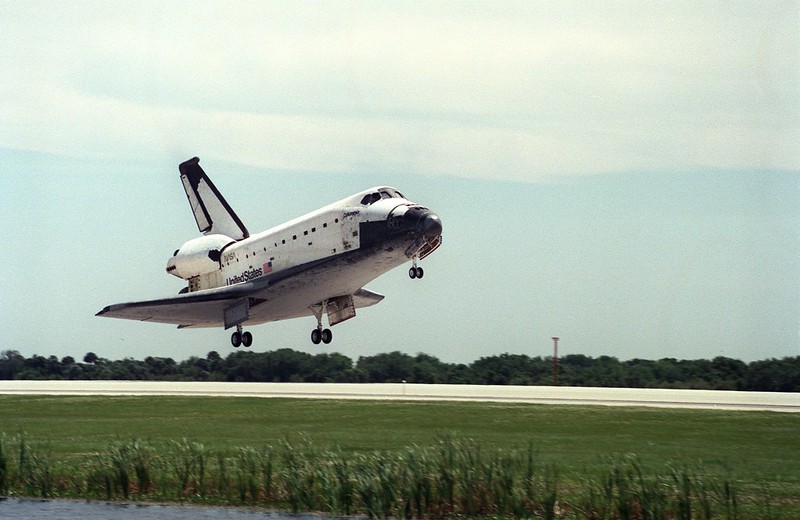STS-83 Fact Sheet
By Cliff Lethbridge

STS-83 — Columbia
83rd Space Shuttle Mission
22nd Flight of Columbia
Crew:
James D. Halsell, Jr., Commander
Susan L. Still, Pilot
Janice Voss, Payload Commander
Michael L. Gernhardt, Mission Specialist
Donald A. Thomas, Mission Specialist
Roger K. Crouch, Payload Specialist
Gregory T. Linteris, Payload Specialist
Orbiter Preparations:
Tow to Orbiter Processing Facility – December 7, 1996
Rollover to Vehicle Assembly Building – March 5, 1997
Rollout to Launch Pad 39A – March 11, 1997
Launch:
April 4, 1997 – 2:20:32 p.m. EST. A decision was made on April 1, 1997 to postpone a scheduled April 3, 1997 launch 24 hours to allow the installation of additional thermal insulation to a water coolant line in Columbia’s payload bay. Mission managers were concerned that a line which cools various electronics components aboard the Shuttle was not properly insulated and could possibly freeze in space.
Launch on April 4 was delayed 20 minutes, 32 seconds to allow an orbiter access hatch seal to be replaced.
Landing:
April 8, 1997 – 2:33:11 p.m. EDT at Runway 33, Kennedy Space Center. Rollout distance was 8,602 feet. Rollout time was 59 seconds. Mission duration was 3 days, 23 hours, 12 minutes, 39 seconds. Landing occurred during the 64th orbit.
The landing marked just the third time a Space Shuttle mission was cut short due to a technical malfunction. Previously shortened missions were STS-2 and STS-44.
Mission Summary:
The primary payload, the pressurized Microgravity Science Laboratory-1 (MSL-1) housed in Columbia’s cargo bay, was being flown for the first time and contained a plethora of life science and materials experiments. Fuel cell failure caused the mission to be cut short.
Although Fuel Cell Number Two had shown erratic readings prior to launch, Columbia was cleared for liftoff following a variety of tests and checkouts of the unit.
Shortly after Columbia reached orbit, Substack Number Three of Fuel Cell Number Two began to experience an unexplained rise in differential voltage. A purge of the unit failed to halt the upward trend in voltage, and the fuel cell was shut down. Additional purges and corrective measures failed to correct the problem.
Fuel cells are used to generate electricity and produce drinking water. Although just one working fuel cell could adequately support on-orbit and landing operations, rules require all three fuel cells flown aboard the Space Shuttle to be working properly in order to insure crew safety and provide effective back-up capability.
On April 6, 1997 a decision was made to end the mission early. Although some experiments were conducted aboard MSL-1, a post-landing decision was made to completely re-fly the mission.
Opportunity for an additional Shuttle flight in 1997 was made possible by the postponement of an International Space Station construction flight initially scheduled for late 1997. The STS-83 re-flight was originally designated STS-83R, but was redesignated STS-94.
SELECTED NASA PHOTOS FROM STS-83
